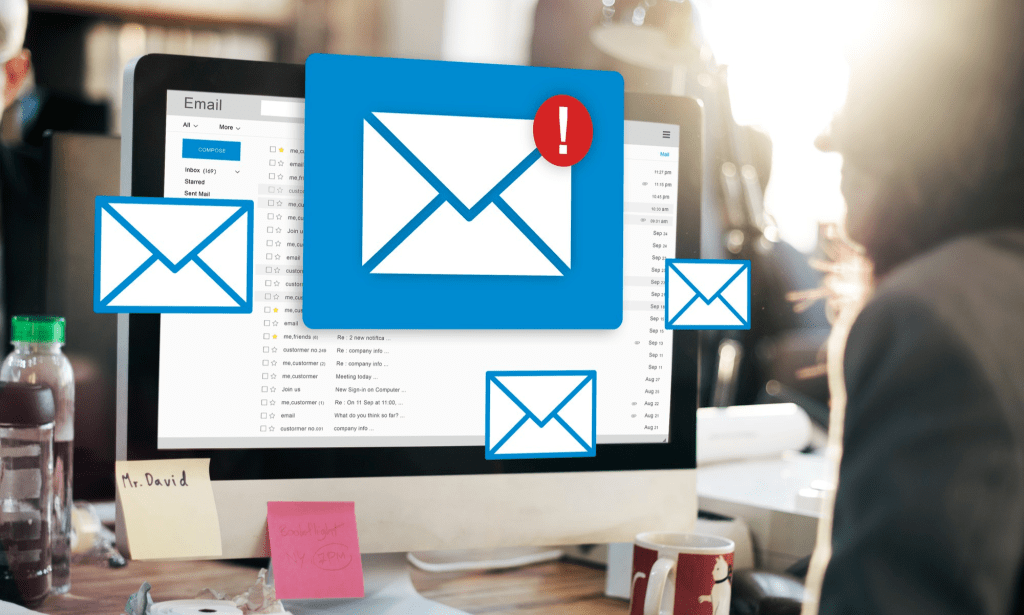Educating a workforce about email security protocols involves equipping employees with knowledge about potential threats, providing processes and tools for safe email practices, and nurturing a culture that prioritizes cybersecurity.
What are the different types of email security threats?
Understanding the threats is a critical step in equipping employees with the right knowledge to avoid them.
Threats may be phishing attempts, email scams, spam, and malware. Phishing scams, for instance, trick recipients into revealing sensitive information by posing as trustworthy sources. Alternatively, email attachments or links may contain malware that can infiltrate and damage an organization’s system.
Each threat type exploits different weaknesses, so it’s vital to provide a well-rounded understanding of all threats. Familiarizing employees with examples of these threats during training sessions can be a great way to start.
How can we inculcate the best practices of email security?
The best practices involve both precautions and actions to take when suspicious emails are encountered. 🚨
Precautions include not opening suspicious emails, checking email addresses, and being wary of unsolicited attachments. If you receive a suspicious email, taking appropriate steps may include avoiding clicking any links, refraining from forwarding the email, and reporting it to your IT department.
These practices can be inculcated through training sessions and periodic refreshers. Resources such as those detailed in the ‘Email Security Mastery: Navigating Best Practices for Digital Success‘ article 📖 can also provide valuable guidance and support.

What tools can be provided to the workforce to improve email security?
Providing your workforce with the right tools can enhance email security and ease the pressure on individual employees to identify threats.
Email filters are a good start as they can automatically weed out phishing and spam emails. Meanwhile, anti-malware software can detect and nullify threats before they infiltrate the system.
Encouraging employees to routinely update their software can also go a long way in maintaining security 🔄, as updates often contain patches for vulnerabilities that could otherwise be exploited.
Additionally, furnishing remote workers with a VPN can offer significant advantages in enhancing security measures.
How can we foster a culture of cybersecurity in the workplace?
Building a culture of cybersecurity requires more than just providing training and tools. It’s about creating an environment where employees understand the importance of cybersecurity and are motivated to play an active role in maintaining it.
Regular communication about the potential impacts and costs of security breaches, as well as celebrating examples of good practice, can drive home the importance of cybersecurity. 🗣️
Organizations can also implement a reward system for employees who display responsible behavior related to cybersecurity. This motivates them to be more mindful and encourages others to do the same.
Conclusion
Training on the types of email security threats, introducing best practices, providing protective tools, and fostering a culture of cybersecurity in the workplace are all critical aspects of educating a workforce about email security protocols.
Acknowledging employees’ vital role in maintaining security will empower them to contribute positively to the organization’s cybersecurity infrastructure. 💻
- The Agentic Startup Manifesto - June 8, 2025
- Remote Hiring in 2025 - April 5, 2025
- Burnout in Remote Teams: How It’s Draining Your Profits - January 27, 2025
